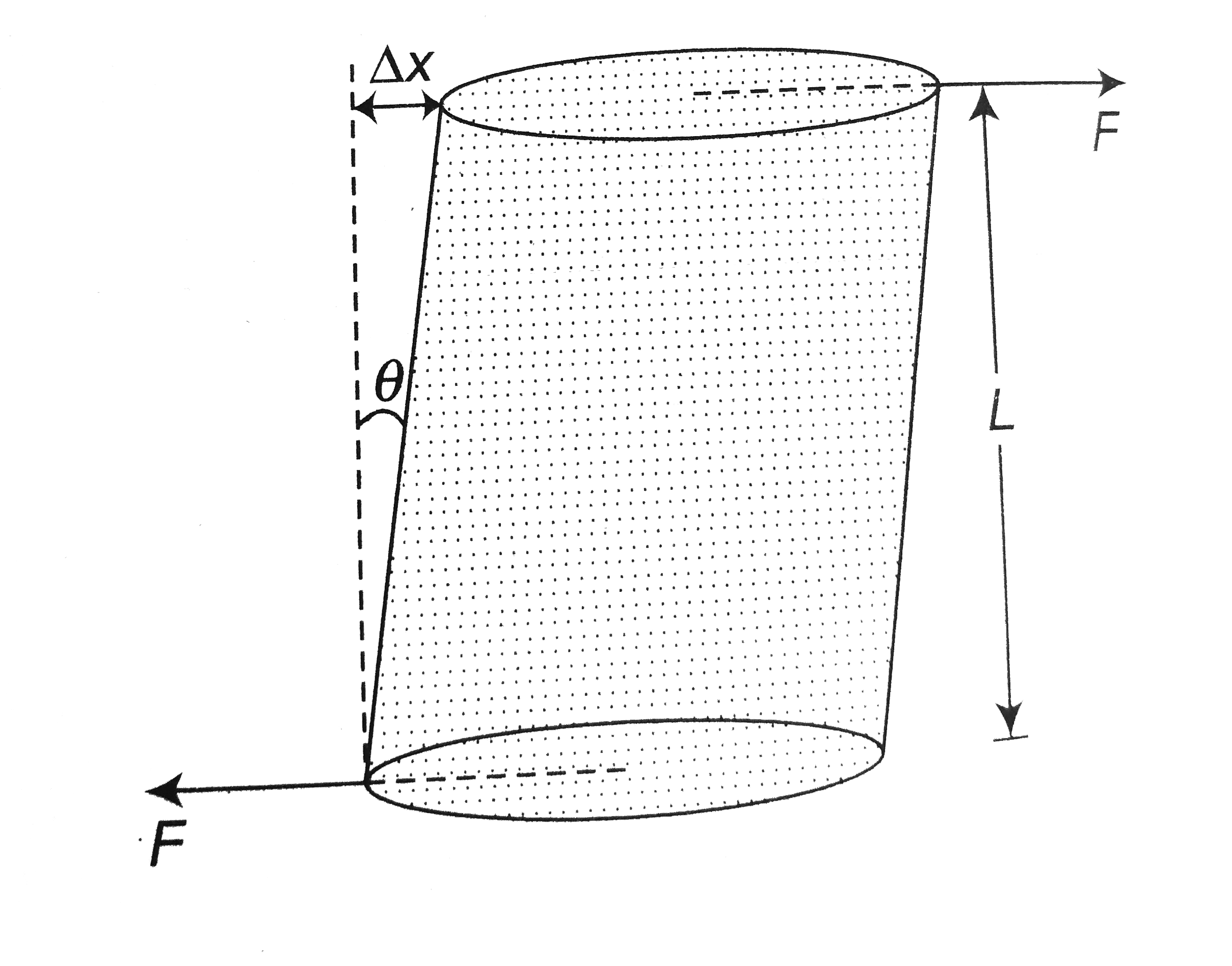
If two equal and opposite deforming forces are applied parallel to the cross sectional area of the cylinder as shown in the figure, there is a relative displacement between the opposite faces of the cylinder. The ratio of Ax to L is known as
loagitudinal strain
 volumetric strain
Shearing strain
Poisson's ratio
The correct Answer is:C
Shearing strain =ΔxL
Topper's Solved these Questions
- MECHANICAL PROPERTIES OF SOLIDSBOOK - NCERT FINGERTIPSCHAPTER - MECHANICAL PROPERTIES OF SOLIDSEXERCISE - Hooke'S Law
3 Videos
- MECHANICAL PROPERTIES OF SOLIDSBOOK - NCERT FINGERTIPSCHAPTER - MECHANICAL PROPERTIES OF SOLIDSEXERCISE - Stress-Strain Curve
5 Videos
- MECHANICAL PROPERTIES OF SOLIDSBOOK - NCERT FINGERTIPSCHAPTER - MECHANICAL PROPERTIES OF SOLIDSEXERCISE - Elastic Behavior Of Solids
2 Videos
- MECHANICAL PROPERTIES OF FLUIDSBOOK - NCERT FINGERTIPSCHAPTER - MECHANICAL PROPERTIES OF FLUIDSEXERCISE - Assertion And Reason
15 Videos
- MOTION IN A PLANE BOOK - NCERT FINGERTIPSCHAPTER - MOTION IN A PLANE EXERCISE - Assertion And Reason
15 Videos
Similar Questions
Two equal and opposite forces F and −F act on a rod of unifrom cross-sectional ara A, as shown in the figure. Find the (i) shearing (ii) longitual stress on the section AB.
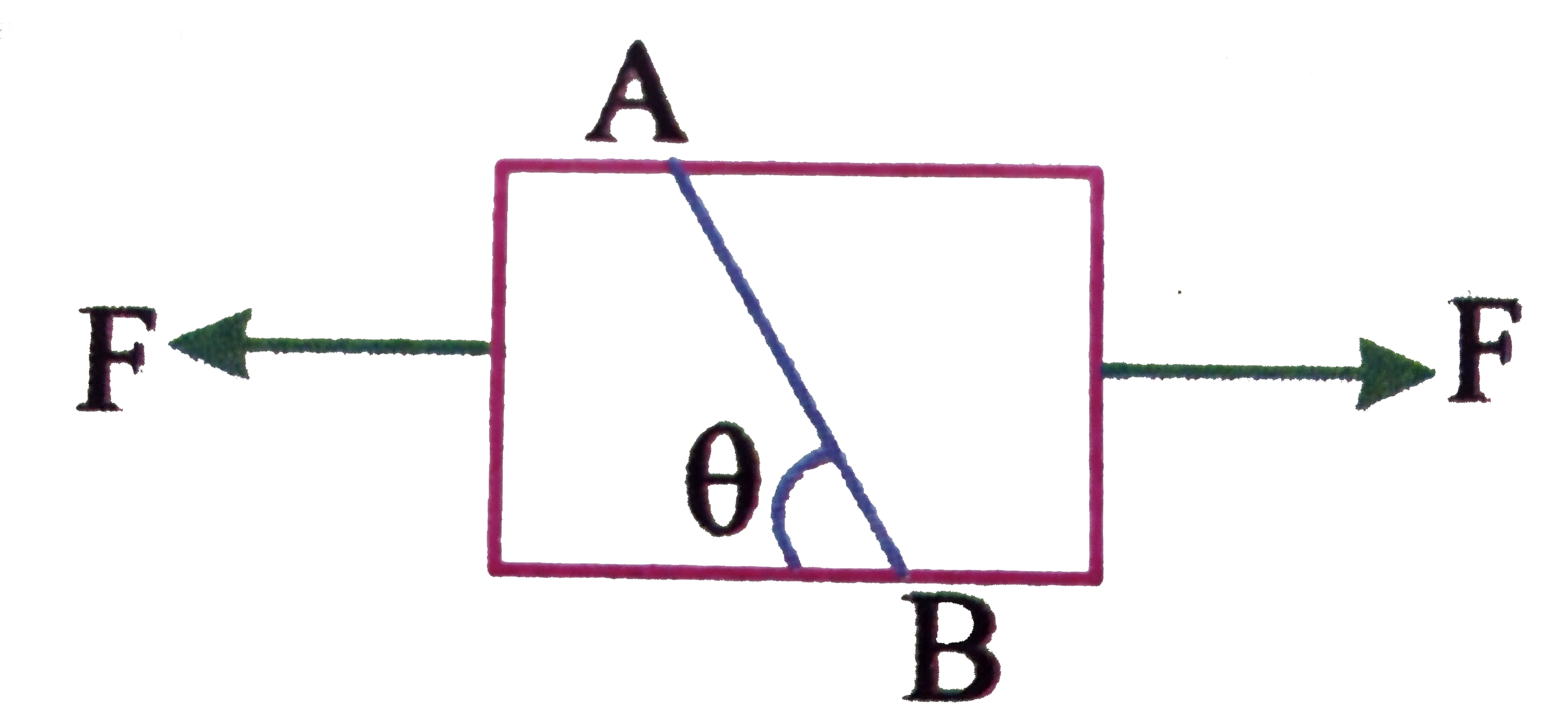
View SolutionThe V – I graph for a wire of copper of length L and cross -section area A is shown in the figure below . The slope of the graph will be
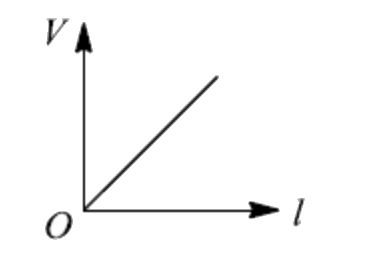
View Solution
Knowledge Check

If two equal and opposite defirming forces are applied parallel to the cross sectional area of the cylinder as shown in the figure, there is a relative displacement between the oppsite faces of the cylinder. The ratio of Ax to L is known asAlongitudinal strainBvolumetric strainCshearing strainDPoisson's ratioIf two equal and opposing deforming forces are applied parallel to the cross section of the cylinder, then there is a relative displacement between the faces in front of the cylinder. The shear force produced on the unit area due to the applied tangential forces is called the......
ATenisile stressBCompression stressCShear stressDHydraulic stressA clockwise torque of 6N−m is applied to the circular cylinder as shown in the figure. There is no friction between the cylinder and the block.
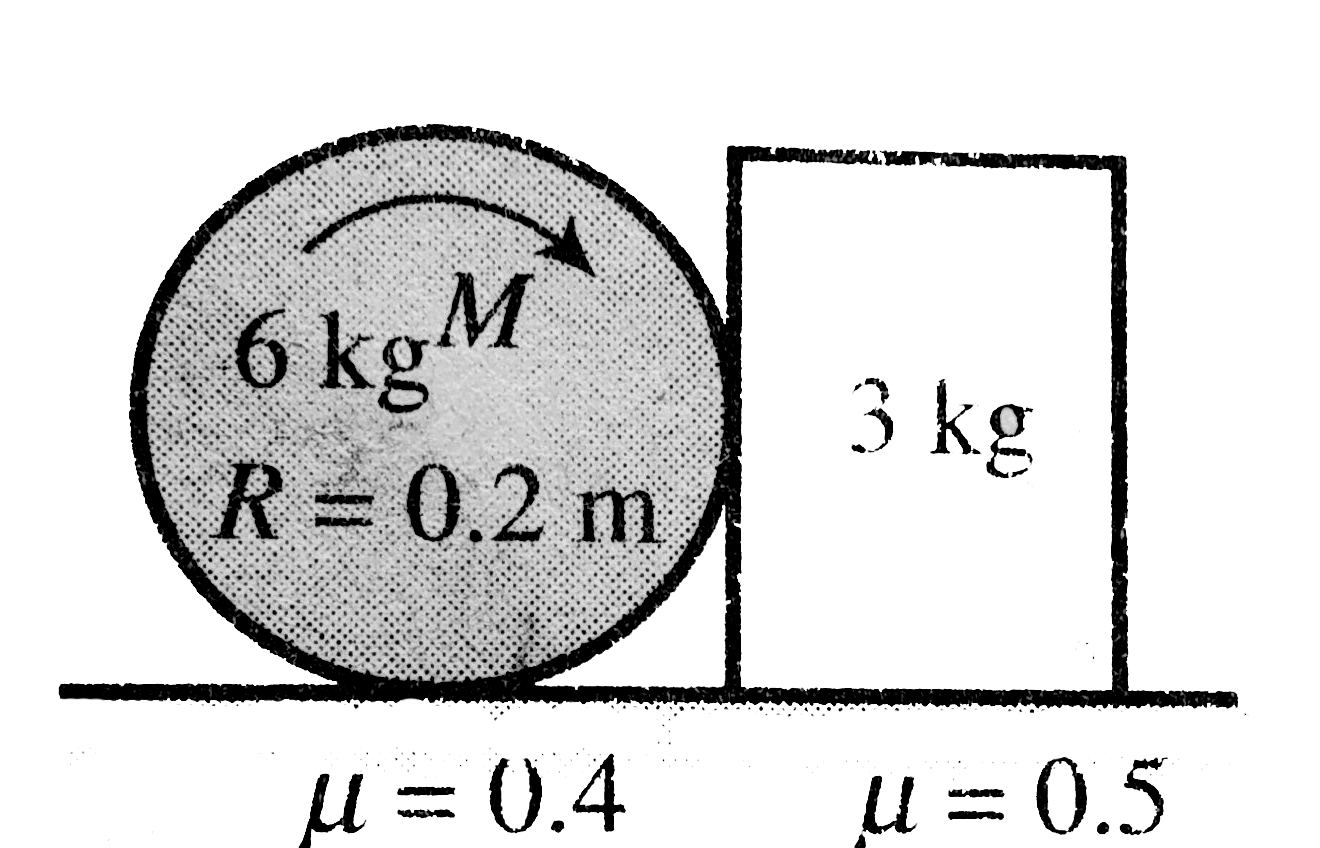 AThe cylinder will be slipping but the system does not move forwardBThe system cannot move forward for any torque applied to the cylinderCThe acceleration of the system will be 1m/s2 forwardDThe angular acceleration of the cylinder is 10rads−2
AThe cylinder will be slipping but the system does not move forwardBThe system cannot move forward for any torque applied to the cylinderCThe acceleration of the system will be 1m/s2 forwardDThe angular acceleration of the cylinder is 10rads−2
Force between two conducting large plates , with charges Q and Q2 as shown in the figure, is (Area of each face of plate =A)
_PHY_E01_022_Q01.png)
View SolutionTwo equal opposite forces each of magnitude F is applied along a rod of transverse sectional are A . The normal stress to a section PQ inclined θ to transverse section is -
View SolutionA uniform cylindrical rod of length L and cross-sectional area by forces as shown in figure.
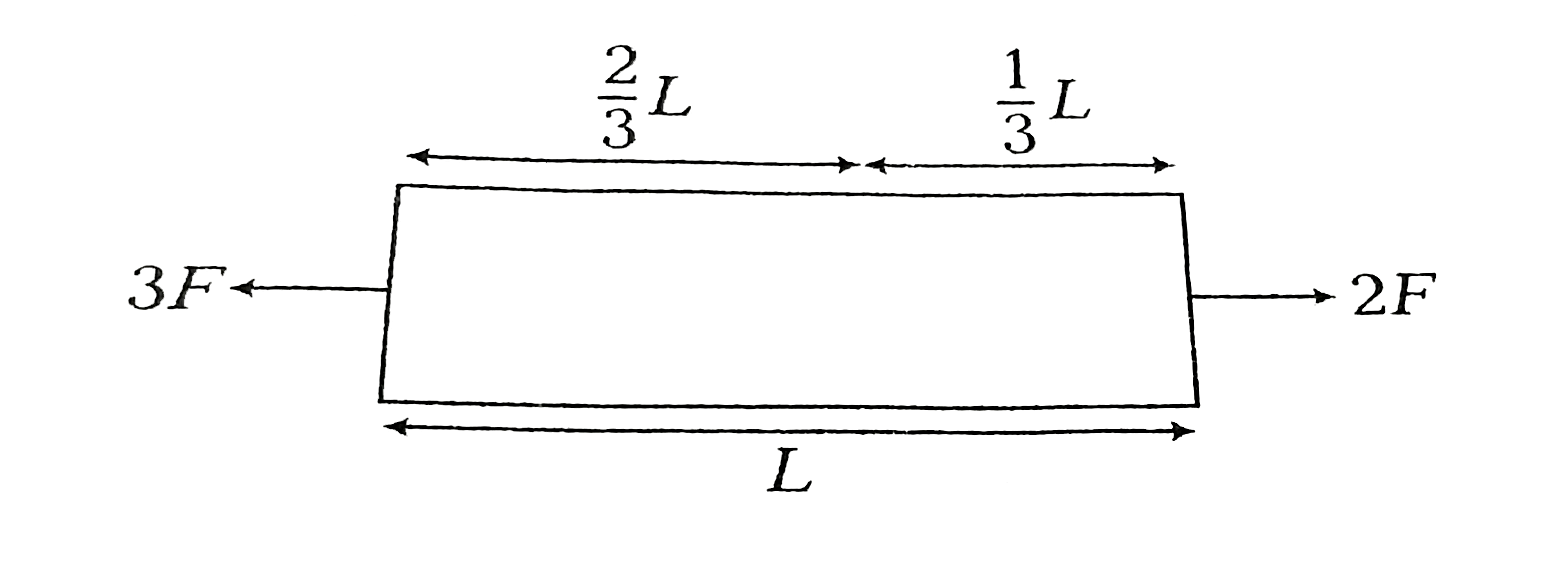
The elongation produced in the rod is
View SolutionA force F is applied horizontally on a cylinder in the line of centre as shown in the figure. The cylinder is on a rough surface of coefficient of fricition μ. The direction of the friction force acting on the cylinder will be

View SolutionA cylindrical container of radius 'R' and height 'h' is completely filled with a liquid. Two horizontal L-shaped pipes of small cross-sectional area 'a' are connected to the cylinder as shown in the figure. Now the two pipes are opened and fluid starts coming out of the pipes horizontally in opposite directions. Then the torque due to ejected liquid on the system is
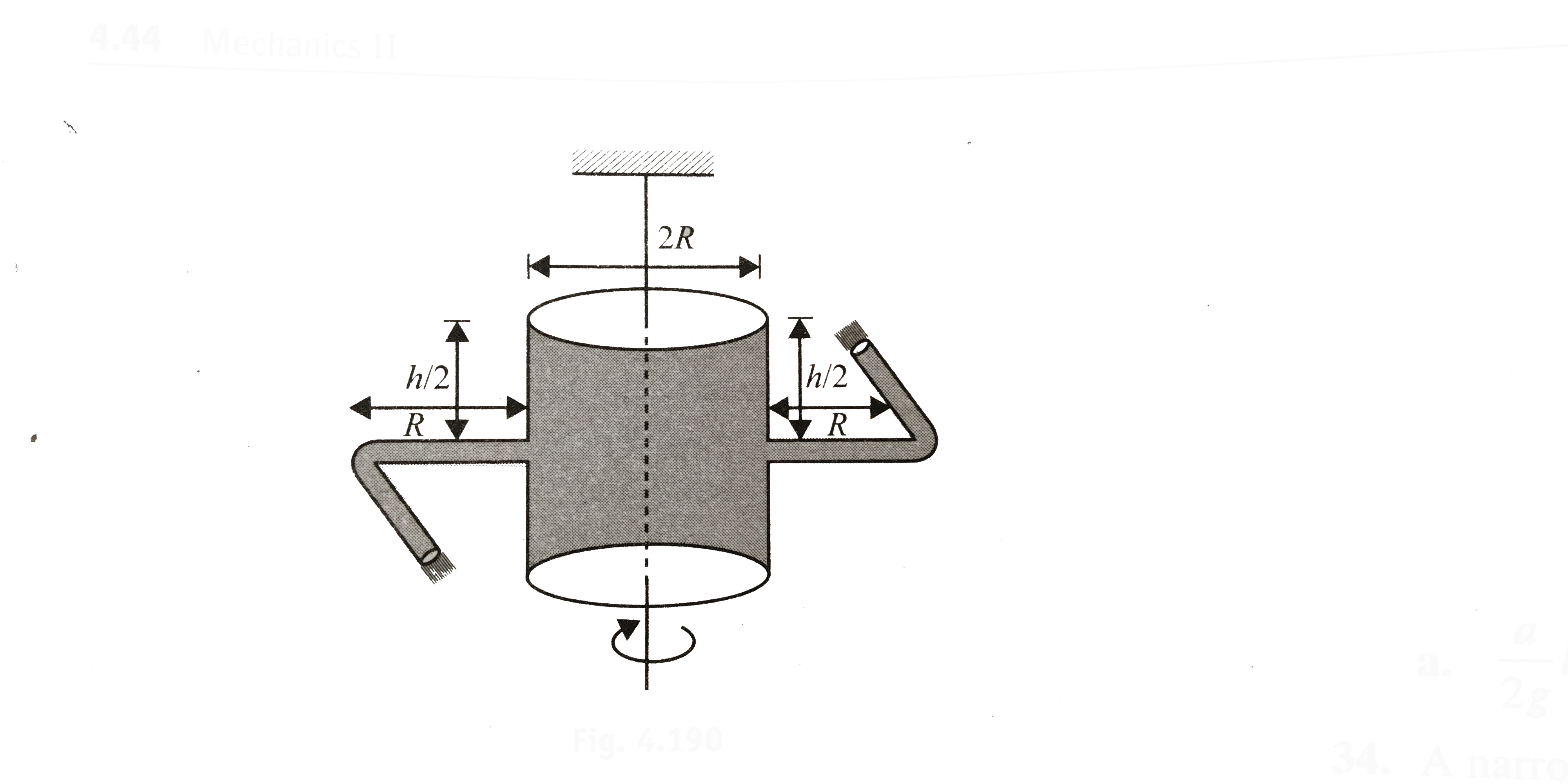
View Solution
